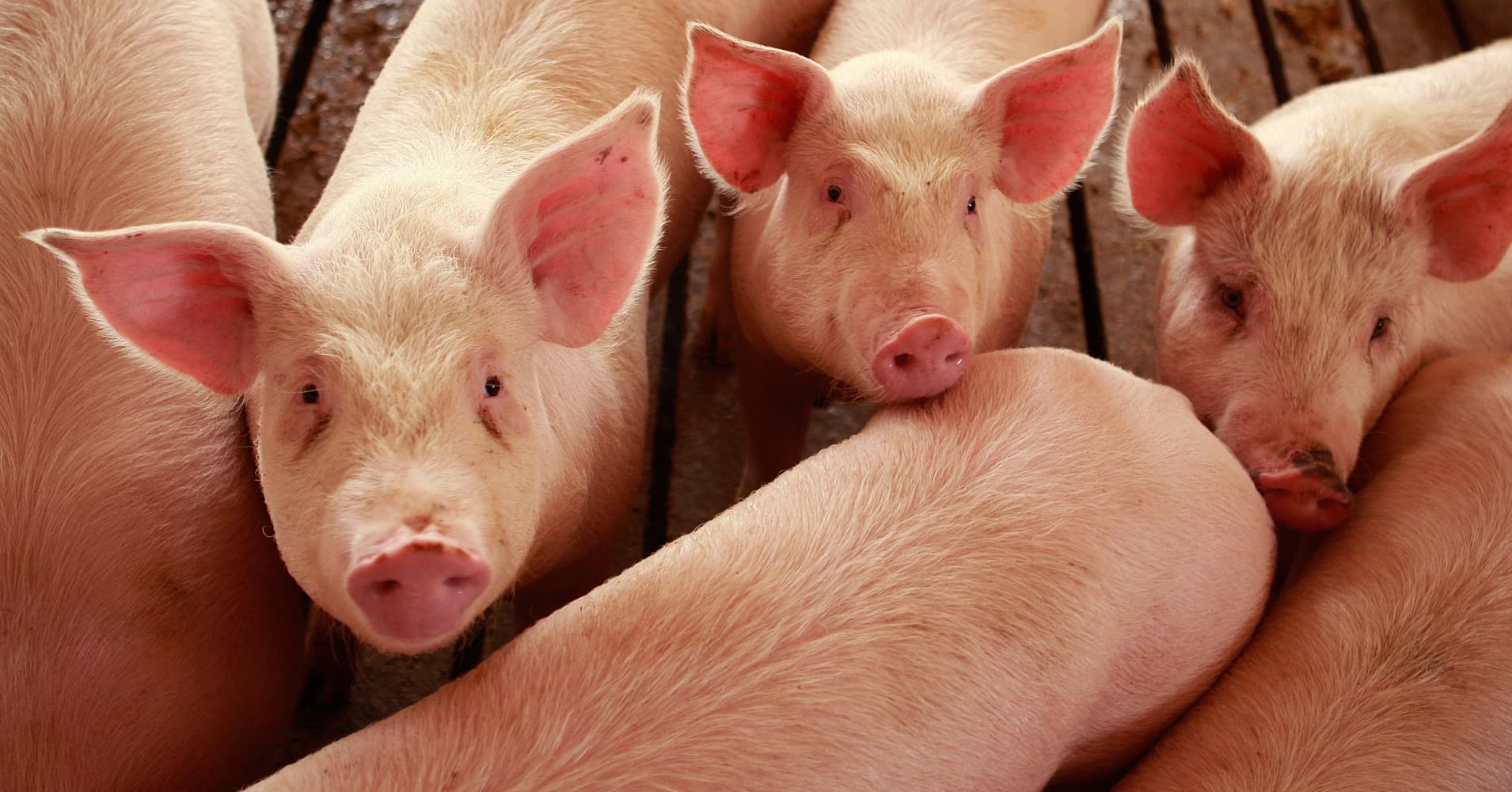
Effective April 1, China slapped a new 25 percent tariff on U.S. pork imports and more than 100 other products. But so far poultry hasn’t been put on the targeted list.
“Export is important to us but it’s a relatively small part of what we do,” said Day. “The bulk of our business is domestic.”
Perdue Farms, with annual revenue of about $6.6 billion and more than 20,000 employees, is a family-owned company.
Day was appointed CEO last month and is only the fourth CEO in the iconic company’s nearly 100-year history. Previously, he was COO of the Perdue Farms.
Day described Perdue as a “small pork producer” and said the company has one operation in Iowa. “Our vision is to be the most trusted in premium proteins. So we’re not a huge business, but everything we do is premium.”
A Moody’s Investor Service report released Monday said “smaller U.S. pork producers will bear the brunt of potential pork tariffs.” However, it said the ones that will especially feel it are the “producers that lack value-added sales to offset the effects of falling pork prices.”
Day said Perdue’s consumers are focused on “the high-end products,” adding that everything the company raises — from pork to poultry — is done with a focus of “no antibiotics-ever.”
Meantime, the CEO also spoke about the company’s core poultry business and challenges facing the organic side. Perdue Farms is the largest producer of organic chicken in the nation.
Last week, the company announced plans to invest $42 million to expand a cooked chicken products plant in Georgia.
“Organic food is growing in the marketplace much faster — maybe 12 times faster than conventional,” said Day. “But chicken is not. The reason is because it’s too expensive.”
According to Day, the company is on a “journey” to make it more affordable for consumers to buy organic chicken. “Food that’s good for you shouldn’t be out of reach of the average person,” he said.
The executive said feed is one of the big reasons for the higher price of the organic poultry products, so he said Perdue Farms is focusing on getting the cost of livestock feed down.
“It’s really going to be a focus on the supply chain, taking costs out and improving the logistics,” Day said.
Be the first to comment